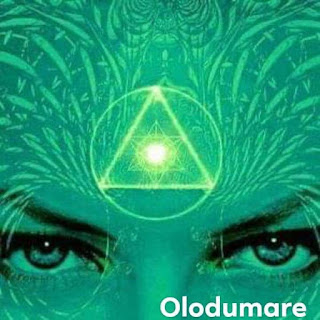DEEP within the bowels of Freemasonry, unknown to the vast majority of “Blue Lodge” Free & Accepted Masons (F&AM) is a dual legend of the origin of Freemasonry in remote antiquity.
In one version, the founder of Freemasonry is said to be the Hebrew Patriarch Enoch, who “walked with God” and did not taste of death. Enoch is often associated with the Great Divine Being Metatron, and, in Elizabethan Occultism, the system of Magick and the occult cipher which bears his name.
In one version, the founder of Freemasonry is said to be the Hebrew Patriarch Enoch, who “walked with God” and did not taste of death. Enoch is often associated with the Great Divine Being Metatron, and, in Elizabethan Occultism, the system of Magick and the occult cipher which bears his name.
The legend of Enoch closely parallels the story of the later Hebrew prophet Elijah, who was said to have been taken alive into the Heavens in a Fiery Chariot. He is also associated with the Babylonian astrologer Heabani, also said to have been taken alive into the skies by the god Hea.
This legend is paralleled by another associated with a mysterious being called “Oannes”. The historian Berosus, and later Alexander Polyhistor, described Oannes, or John as a sentient amphibious creature which emerged from the Persian Gulf in ancient Sumer in the daytime to teach the arts and sciences to humanity.
This legend is paralleled by another associated with a mysterious being called “Oannes”. The historian Berosus, and later Alexander Polyhistor, described Oannes, or John as a sentient amphibious creature which emerged from the Persian Gulf in ancient Sumer in the daytime to teach the arts and sciences to humanity.
At sunset, he returned to the waters of the Gulf. One may find associations with various versions of the Jonah legend, that of the fish-god Dagon, etc. Sumer appeared ‘out of nowhere’ about 5500 years ago in southern Mesopotamia. No trace of their culture or unique language have been found elsewhere. They disappeared about 4000 years ago, having left a profound impact on Babylonia and other civilizations in economics, the art of writing, mathematics, astronomy, legal practices and architectural forms, as well as religion.
As noted above, one early Masonic history has it that,
As noted above, one early Masonic history has it that,
“The Masons hold their grand festival on the day of St. John, not knowing that therein they merely signify the fish-god Oannes, the first Hermes, and the first founder of the Mysteries…”
At the time the orthodox Grand Lodge was organized in the early eighteenth century, this was associated with St. John the Baptist and celebrated on June 24th.
Later the date was shifted, and, it appears St. John the Baptist was supplanted by St. John the Evangelist, but John the Baptist remains the chief patron saint of Freemasonry. The first three Degrees of Freemasonry, known collectively as “Blue Lodge” Masonry, are also called “Johannite Masonry” - that is, the “Masonry of John”. We find this very revealing.
The “fish symbolism” of the Vesica Piscis, usually translated ‘fish bladder’ but perhaps, more accurately, ‘Vessel of the Fish’ was incorporated into the great buildings of the Knights Templar, and the legend of the death and rebirth of the High Priest John is incorporated into Aleister Crowley’s play, “The Ship” - in which the Vesica Piscis is also included.
The “fish symbolism” of the Vesica Piscis, usually translated ‘fish bladder’ but perhaps, more accurately, ‘Vessel of the Fish’ was incorporated into the great buildings of the Knights Templar, and the legend of the death and rebirth of the High Priest John is incorporated into Aleister Crowley’s play, “The Ship” - in which the Vesica Piscis is also included.
At top of each pillar in standard Masonic ritual
are globes representing Earth (left) and the Universe (right).
The legend of the Oannes is discussed in connection with Sumerian and Babylonian Sirius lore in Robert Temple’s The Sirius Mystery, perhaps the only literate ‘ancient astronaut’ book available.
Interestingly, Crowley, in his Qabalistic 777 Table of Correspondences, associates “John the Baptist” (key scale 23) with the sea gods Neptune or Poseidon, Water and the Hebrew letter Mem, which ‘means’ (that is, represents) water.
The aquatic “god” Oannes or John seems to be the primal key to the earliest contact between the Ultraterrestrials and human adepts.
Interestingly, Crowley, in his Qabalistic 777 Table of Correspondences, associates “John the Baptist” (key scale 23) with the sea gods Neptune or Poseidon, Water and the Hebrew letter Mem, which ‘means’ (that is, represents) water.
The aquatic “god” Oannes or John seems to be the primal key to the earliest contact between the Ultraterrestrials and human adepts.
The Rite of the Seven Degrees at London,
by Pierre Lambert de Lintot.
|
The globe of the Universe in a medieval illustration
showing how to ascend to the stars in symbolic form.
|


No hay comentarios:
Publicar un comentario
No se admiten comentarios con datos personales como teléfonos, direcciones o publicidad encubierta